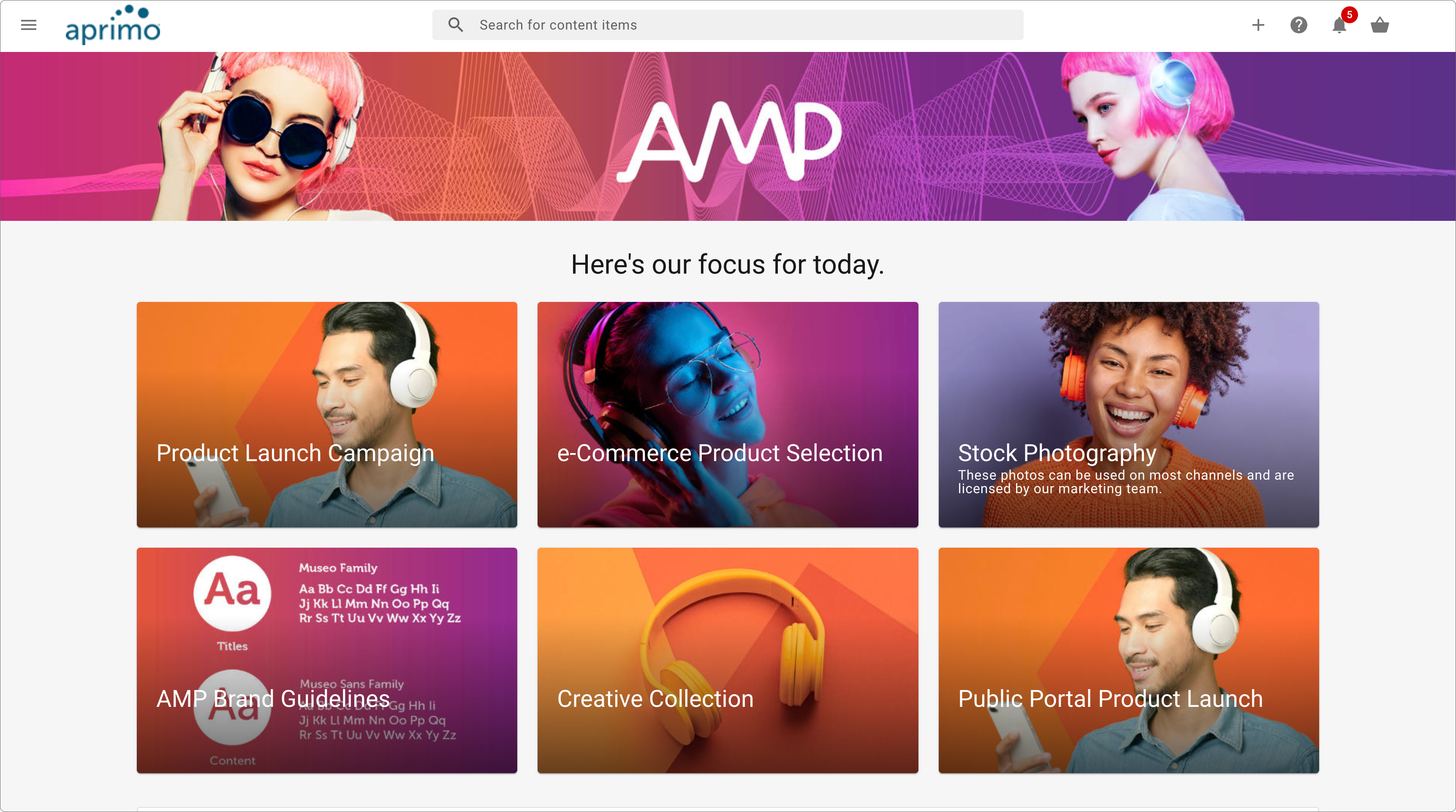
Aprimo: Complete Buyer's Guide
Complete Buyer's Guide
Aprimo positions itself as an enterprise-focused digital asset management platform with integrated AI capabilities targeting organizations managing substantial asset volumes in complex omnichannel environments. The platform addresses core ecommerce challenges including content velocity, personalization demands, and compliance requirements through automated metadata creation, asset transformation, and governance workflows[45][57].
Market Position & Maturity
Market Standing
According to Forrester's evaluation methodology, Aprimo scored favorably across multiple criteria including search innovation, workflow automation, and global distribution capabilities including China CDN support[50][55].
Company Maturity
The platform's enterprise positioning becomes evident through its comprehensive feature set and scalability requirements. Enterprise deployments typically require 6-12 months for full ecosystem integration, with complexity increasing based on existing system integration requirements and asset volume[52][36].
Industry Recognition
Forrester evaluation recognition across multiple criteria validates platform maturity and competitive positioning[50][55].
Strategic Partnerships
While Aprimo offers pre-built connectors for major ecommerce platforms, some competitors provide broader integration ecosystems or more flexible API architectures. The platform's integration with Adobe Creative Cloud environments provides particular value for organizations already invested in Adobe's ecosystem[57].
Longevity Assessment
Aprimo's position within the enterprise segment provides stability advantages, though organizations should evaluate vendor risk through contractual protections including source-code escrow clauses negotiated by 68% of enterprise buyers[32][40].
Proof of Capabilities
Customer Evidence
Grainger's enterprise implementation provides concrete evidence of Aprimo's operational impact, managing substantial asset volumes with integrated Adobe Creative Cloud and Salesforce connectivity. The implementation enabled increased asset production capacity through automated workflows and improved search efficiency without corresponding team expansion[57].
Quantified Outcomes
Quantified performance outcomes include significant reductions in time-to-content for product lines using generative AI features, though specific percentage improvements require validation through third-party benchmarks[45].
Case Study Analysis
Plaid Enterprises achieved rapid deployment completing comprehensive data migration in six weeks using AI-driven legacy asset cleansing, while simultaneously eliminating planned PIM investments through enhanced data enrichment capabilities[58].
Market Validation
Market validation through analyst recognition includes favorable scoring across multiple Forrester evaluation criteria including search innovation, workflow automation, and global distribution capabilities[50][55].
AI Technology
Aprimo's AI functionality operates through three primary automation layers: content recognition, workflow optimization, and governance automation. The Smart Tagging system automatically processes images, documents, and videos using customizable taxonomy structures, extracting text from visual assets to populate metadata fields[45].
Architecture
Primary Competitors
Primary competitive tier includes enterprise solutions like Adobe AEM, Widen Collective, and other comprehensive DAM platforms targeting large-scale implementations with sophisticated feature requirements[50].
Competitive Advantages
Key competitive advantages include automatically adapting user interfaces based on user roles, contrasting with static alternatives like Adobe AEM[50]. AI governance capabilities, including metadata stamping for AI-generated content, provide compliance advantages not universally available across competitors[45][52].
Market Positioning
Market positioning strategy emphasizes AI capabilities and dynamic functionality over pure market share, targeting enterprise organizations with substantial asset volumes and complex operational requirements rather than broad market adoption across all customer segments.
Win/Loss Scenarios
Win/loss scenarios favor Aprimo for organizations requiring sophisticated AI capabilities, complex compliance governance, and global distribution infrastructure. Alternatives may be preferred when budget constraints limit investment capacity, implementation timelines must be compressed below six months, or AI capabilities are not required for operational success.
Key Features

Pros & Cons
Use Cases
Integrations
Pricing
Featured In Articles
Comprehensive analysis of Digital Asset Management for Ecommerce for Ecommerce businesses and online retailers. Expert evaluation of features, pricing, and implementation.
How We Researched This Guide
About This Guide: This comprehensive analysis is based on extensive competitive intelligence and real-world implementation data from leading AI vendors. StayModern updates this guide quarterly to reflect market developments and vendor performance changes.
60+ verified sources per analysis including official documentation, customer reviews, analyst reports, and industry publications.
- • Vendor documentation & whitepapers
- • Customer testimonials & case studies
- • Third-party analyst assessments
- • Industry benchmarking reports
Standardized assessment framework across 8 key dimensions for objective comparison.
- • Technology capabilities & architecture
- • Market position & customer evidence
- • Implementation experience & support
- • Pricing value & competitive position
Research is refreshed every 90 days to capture market changes and new vendor capabilities.
- • New product releases & features
- • Market positioning changes
- • Customer feedback integration
- • Competitive landscape shifts
Every claim is source-linked with direct citations to original materials for verification.
- • Clickable citation links
- • Original source attribution
- • Date stamps for currency
- • Quality score validation
Analysis follows systematic research protocols with consistent evaluation frameworks.
- • Standardized assessment criteria
- • Multi-source verification process
- • Consistent evaluation methodology
- • Quality assurance protocols
Buyer-focused analysis with transparent methodology and factual accuracy commitment.
- • Objective comparative analysis
- • Transparent research methodology
- • Factual accuracy commitment
- • Continuous quality improvement
Quality Commitment: If you find any inaccuracies in our analysis on this page, please contact us at research@staymodern.ai. We're committed to maintaining the highest standards of research integrity and will investigate and correct any issues promptly.